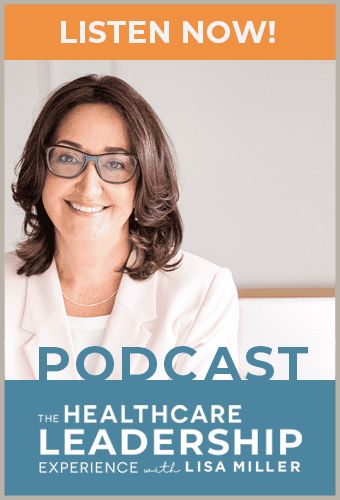Cost Saving Opportunities Within PPIs
In a previous video, I identified three key areas for hospital cost savings.
In this video, we discuss Physician Preference Items (PPIs).
Physician Preference Items (PPIs) comprise 40-60% of a hospital’s total supply costs.
Price variations make it difficult to streamline the purchase of Physician Preference Items.
What are the three cost saving opportunities within PPIs:
1. Capitated Pricing
Where possible, PPI costs should be capitated.
Regardless of how many vendors your hospital is working with, the price of components, including screws or implants, should be the same in every agreement.
Prices should be maintained and capitated, without fluctuations.
Within that model, specialized components are sometimes not benchmarked appropriately.
Exclusions can have a significant impact on cost per case.
2. Secondary vendors
Secondary vendors include smaller areas of spend within a category that is close to the list price.
PPIs are sometimes overlooked by hospitals where there isn’t a big service line, such as craniomaxillofacial.
Taking a deep dive into smaller spend PPIs could identify significant saving opportunities.
By benchmarking these PPI items, price reductions of up to 50% are achievable.
3. Mapping implant costs to real reimbursement
This is an area of advanced savings in PPIs.
Benchmarking, capitation, exclusions and secondary vendors can identify price savings, but a more detailed analysis may be required.
The changing reimbursement landscape means margins for PPIs are narrow for many healthcare organizations.
I suggest a deeper cost analysis is recommended where reimbursement is only providing 5% margin or less.
At VIE Healthcare®, we support hospitals with their savings initiatives in PPIs.
Our expertise and track record contribute invaluable cost-saving expertise and insight to achieve significant margin improvement in PPIs.
We incorporate sophisticated data analysis to maximize savings.
Data analysis of PPI costs is not a one-time task.
Areas to be analyzed include PPI cost per procedure, reimbursement, possible standardization, and vendor variability.
Reach out at lmiller@spendmend.com to discuss your cost savings goals and how we can support and accelerate cost savings opportunities in your organization.

